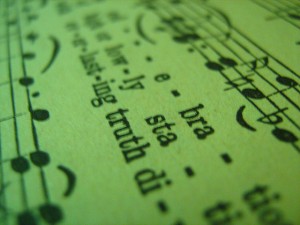 Here is the summary post for the July Monthly Forum: Discussing Method Books. Thanks to those of you who shared your thoughts!
Here is the summary post for the July Monthly Forum: Discussing Method Books. Thanks to those of you who shared your thoughts!
Your Thoughts
Allow me to summarize some of the main points that were made in the comments:
- Choose a piano method that will give students (especially beginners) a strong foundation for the future and ensure success.
- Choose a piano method that will suite each student’s interests and taste.
- Choose a piano method that has “good” and “real” music. (A couple of you made such references….perhaps this could be a launching point for further discussion: what does “good” or “real” music entail?)
- Don’t necessarily use the same piano method for every student.
- Be sure to supplement the method with books outside of the method, so that they are experiencing different types of repertoire.
Read all the comments for yourself here.
Your Favorites
You also shared some of your favorite piano methods in the comments. Here are the ones that were mentioned:
- “Play Piano Now!” from Alfred publishing – for adult beginners.
- “Music Tree” – for creative and bright students; strong in theory.
- Alfred Premier – for students ages 8-11; strong in theory.
- Alfred Prep and Alfred Basic – for young beginner students (ages 4-8).
- “Piano Adventures” by the Fabers – has imaginative pieces; encourages note-reading.
My Thoughts
My personal philosophy when it comes to piano methods is that there is no single piano method that is “the best” or that works for all students. Every student learns differently and every student has various goals, interests, and tastes in music. Therefore, the teacher must seek to find and use the piano method that will be best for each individual student. It is important for teachers to become familiar with the various piano methods available so that they can choose the proper method for each student.
Questions to Ask Yourself When Evaluating Piano Methods: Continue reading “SUMMARY | July Monthly Forum: Discussing Method Books”


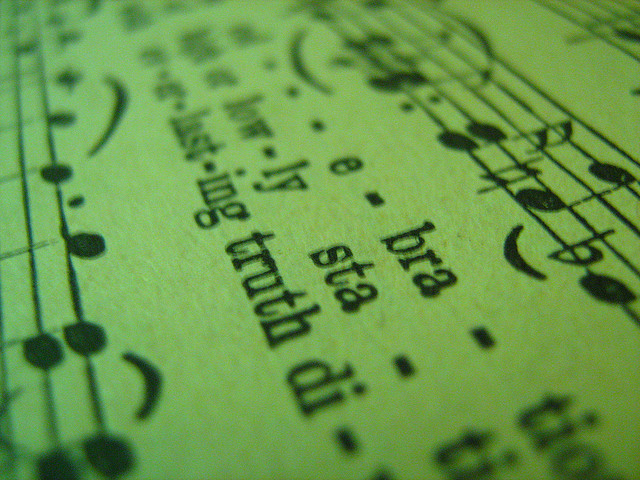

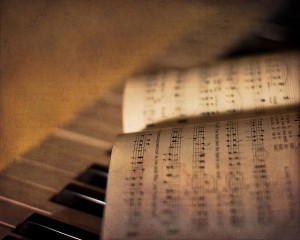 This month’s discussion topic is about using method books (i.e., Alfred, Faber, Bastien, etc.) in the piano studio:
This month’s discussion topic is about using method books (i.e., Alfred, Faber, Bastien, etc.) in the piano studio:

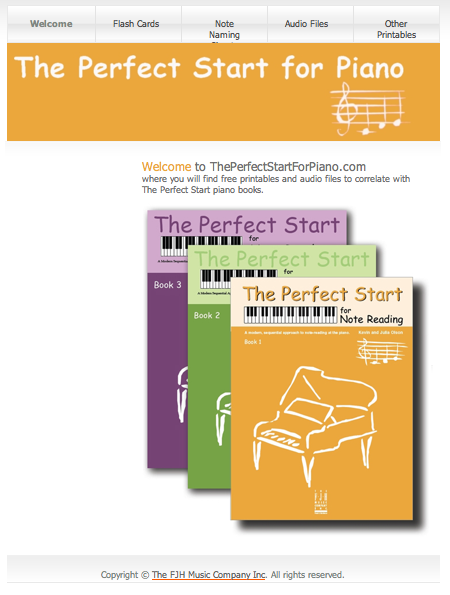


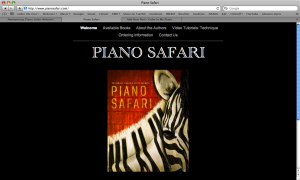

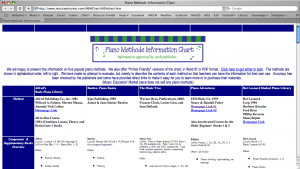
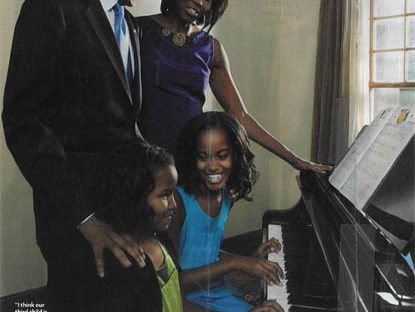
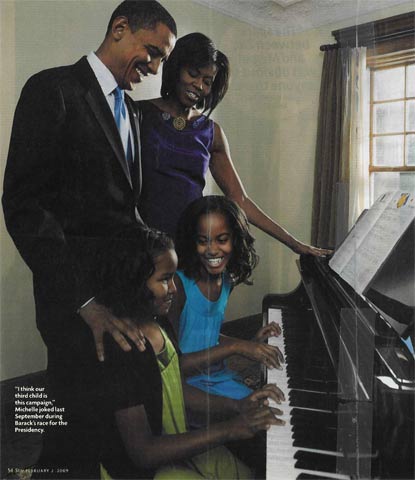 This picture was originally appeared in
This picture was originally appeared in